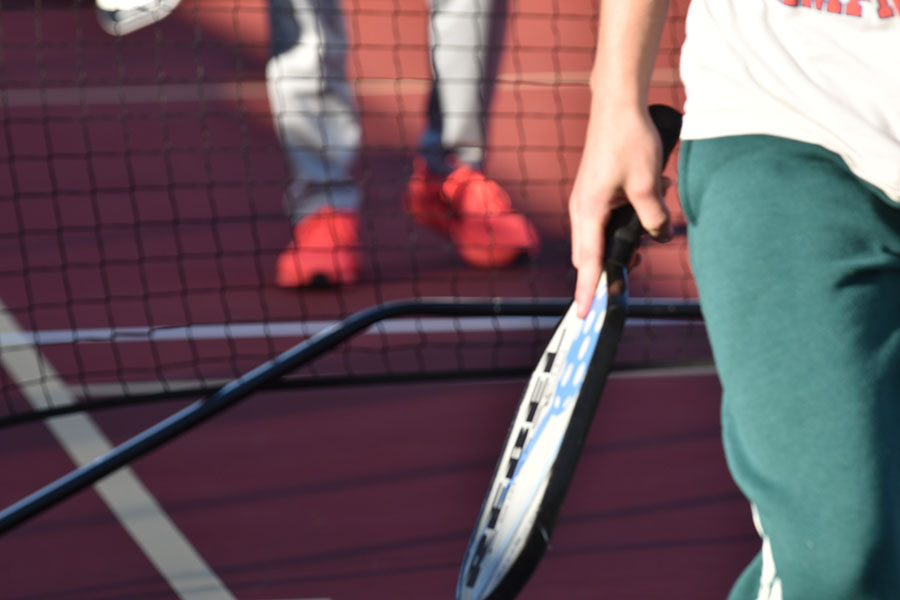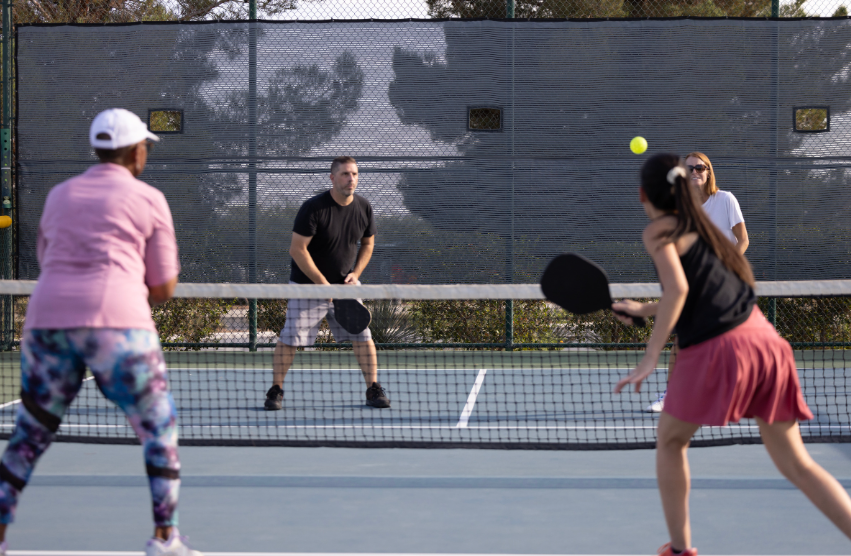Pickleball is a fast-paced and exciting sport that requires a combination of skill, strategy, and physical fitness. However, like any sport, pickleball can also be associated with injuries. In this article, we will explore the 10 most common pickleball injuries and how to prevent and treat them.
1. Shoulder Injuries
Shoulder injuries are common in pickleball, especially in players who use overhead shots frequently. The rotator cuff muscles and tendons can become inflamed or torn, leading to pain and weakness in the shoulder. To prevent shoulder injuries, warm up before playing, stretch your shoulder muscles regularly, and use proper technique when hitting overhead shots.
2. Tennis Elbow
Tennis elbow is a common injury in pickleball, caused by repetitive stress on the elbow joint or possibly a pickleball paddle that is not right for your playing style.. The pain is felt on the outside of the elbow and can be severe. To prevent tennis elbow, use proper technique when hitting shots, warm up before playing, and strengthen your forearm muscles with exercises such as wrist curls.
3. Knee Injuries
Knee injuries can occur in pickleball due to the rapid changes in direction and high-impact movements. Common knee injuries in pickleball include ligament tears and patellar tendonitis. To prevent knee injuries, wear supportive shoes, use proper technique when changing direction, and strengthen your quadriceps and hamstrings.
4. Ankle Sprains
Ankle sprains are common in pickleball, especially when players land awkwardly or change direction suddenly. To prevent ankle sprains, wear supportive shoes, warm up before playing, and strengthen your ankle muscles with exercises such as ankle circles.
5. Wrist Injuries
Wrist injuries can occur in pickleball due to the repetitive stress on the wrist joint. The pain is felt on the inside or outside of the wrist and can be severe. To prevent wrist injuries, use proper technique when hitting shots, warm up before playing, and stretch your wrist muscles regularly.
6. Back Injuries
Back injuries can occur in pickleball due to the twisting and bending movements required to hit shots. Common back injuries in pickleball include muscle strains and herniated discs. To prevent back injuries, use proper technique when hitting shots, warm up before playing, and strengthen your core muscles with exercises such as planks.
7. Dehydration
Dehydration can occur in pickleball, especially in hot and humid conditions. To prevent dehydration, drink plenty of fluids before, during, and after playing, and avoid playing in extreme heat or humidity.
8. Heat Exhaustion
Heat exhaustion can occur in pickleball when players are exposed to high temperatures and humidity. Symptoms include fatigue, dizziness, and nausea. To prevent heat exhaustion, play in cooler temperatures or during the cooler parts of the day, take breaks to cool off, and drink plenty of fluids.
9. Sunburn
Sunburn can occur in pickleball when players are exposed to the sun for prolonged periods. To prevent sunburn, wear protective clothing, such as a hat and long-sleeved shirt, and use sunscreen with a high SPF.
10. Blistering
Blisters can occur in pickleball due to the repetitive stress on the feet and hands. To prevent blisters, wear well-fitting shoes and gloves, and use blister-prevention products, such as moleskin or blister pads.
In summary, pickleball can be associated with a range of injuries, from shoulder injuries to dehydration and sunburn. To prevent injuries, warm up before playing, use proper technique when hitting shots, wear supportive shoes and clothing, and stay hydrated. If you do experience an injury, seek medical attention promptly and follow a rehabilitation program to prevent further injury and promote healing. By taking care of your body and staying mindful of the risks associated with pickleball, you can enjoy






